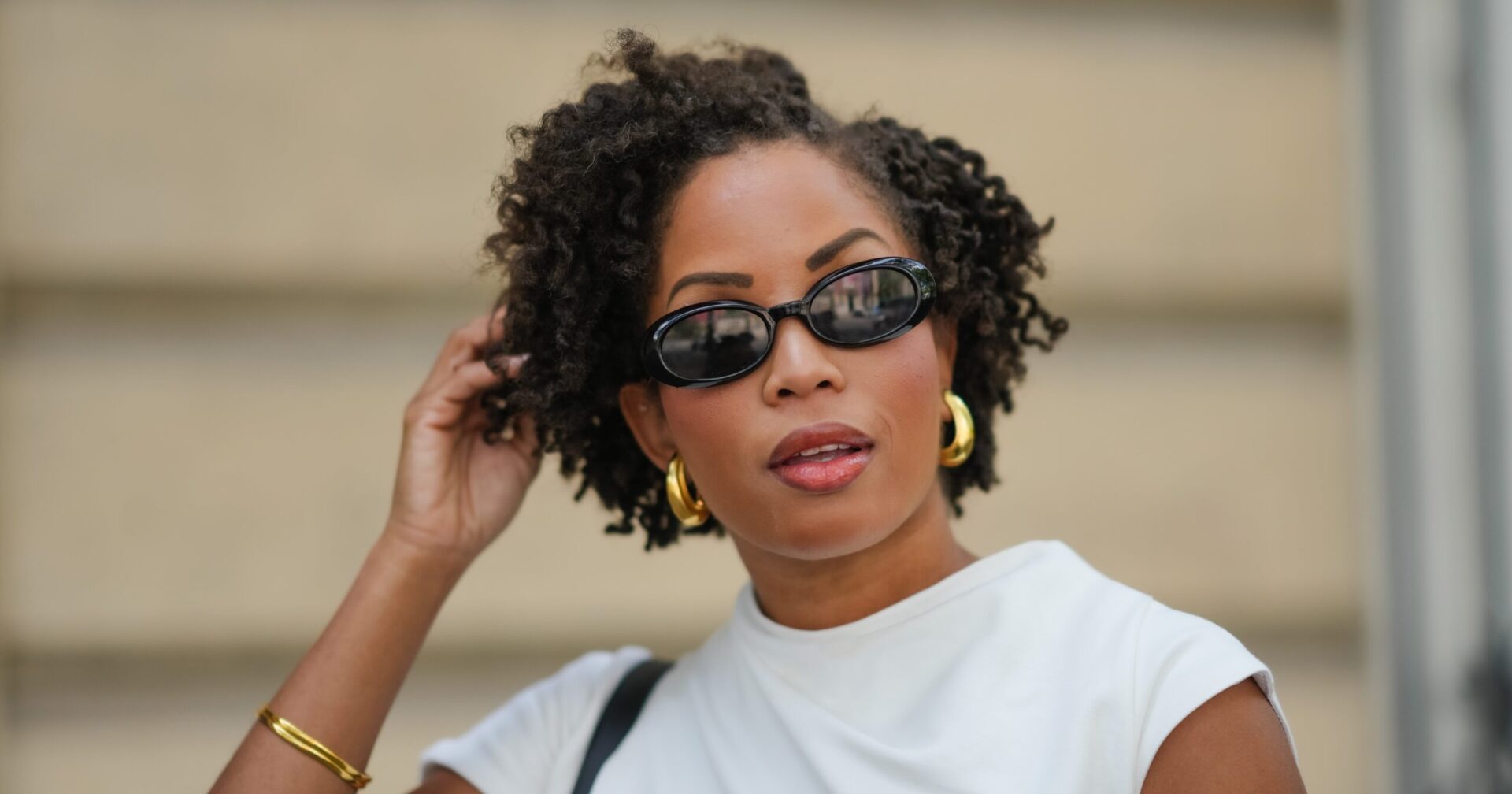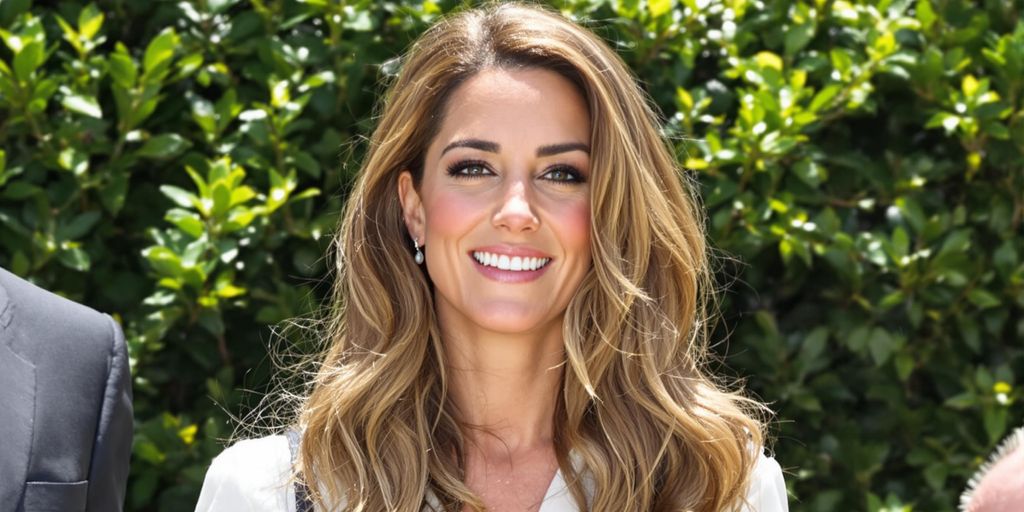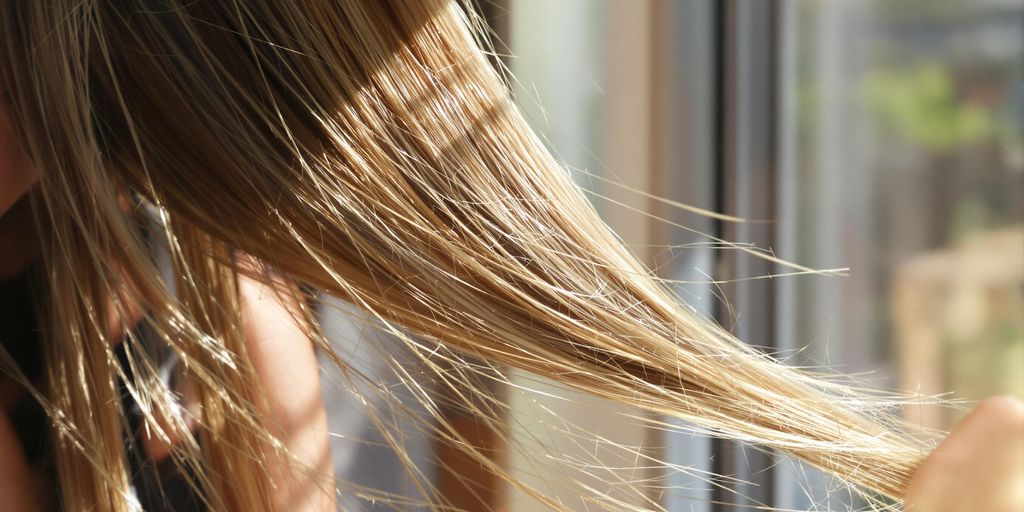The resurgence of beauty trends from past decades is undeniably one of the takes in the current era. From the sultry brown lipstick reminiscent of the grunge and R&B aesthetics of the ’90s, to the defiant resurgence of the side part challenging the long-term dominance of the middle part, we realize that beauty is cyclical. A new fixation joining this retro revival is the glossy and defined ’80s Jheri curl.
This trend traces its origins back to popular singers such as Lionel Richie and Michael Jackson. It also featured prominently in cult-classic movies like “Coming To America” where the actors Eric La Salle and Darryl Jenkins became known for their iconic “SoulGlo” scene. Presently, celebrities like Drake are seen sporting this style, which consists of defined, loose curls that appear nearly wet due to their sheen. This return of the Jheri curl exemplifies the extent to which certain hairstyles have deeply entrenched their roots in Black cultural memory.
To get a deeper understanding of the origin of the Jheri curl and how to carry it today, we sought the expertise of hairstylist Nelson Vercher. He offers insight into what’s behind this trend and how it’s being retrofitted to the modern era, creating a perfect blend of nostalgia and modern styling techniques.
Nelson Vercher, a master hairstylist at Rita Hazan Salon in New York City, has had the honor of working with celebrities such as Kelly Rowland and Naomi Campbell.
So, what is a Jheri Curl? This hairstyle was popular among Black people in the late 1970s, peaking in the ’80s and early ’90s. It features loose curls that portray an extreme shining effect. Nelson Vercher explains that this style was designed for individuals with coarse hair texture who wanted to achieve a softer, more defined look, akin to a perm.
This trend was introduced by chemist and stylist Robert William Redding. Redding’s innovation in hair care extended beyond this iconic style as he also created the hair conditioner and pH-balanced shampoo. The Jheri curl, primarily marketed to Black men and women, was advertised as a low-maintenance, wash-and-wear alternative to chemical relaxers. It offered the allure of simpler upkeep, making it an appealing option for individuals in search of an easier-to-maintain hair care regimen.
How does one achieve a Jheri Curl? Today, stylists have multiple techniques to create this look, none of which require the troublesome activator. For individuals with thicker, tight coils such as a 4C type, the hair is prepared with a wet styling product like curling custard, curled with an iron, and securely set in place with perm rod hair rollers. For those with a 3C hair type, stylists may initially use a mild relaxer to slightly break down the texture, then create the desired curl pattern with the perm rod rollers.
Nelson Vercher additionally suggests that for those with thick or extra frizzy hair, a custom keratin treatment can be used as prep instead of a relaxer. This treatment also breaks down the hair texture so that more defined curls can be created. It slowly washes out, eliminating commitment issues as you don’t have to keep the style for long.
The Jheri curl hairstyle can also be DIY’ed at home. However, one must approach this method with caution because any chemical treatment can potentially damage the hair, especially if not correctly done. It’s crucial to follow all product instructions meticulously or ideally consult with a pro hairstylist before attempting this at home.
In the past, the style was usually worn down, sprayed with a substantial amount of “activator juice” for maximum shine. Today, keeping your hair moisturized is key to achieving that signature sheen. Using both a wash-out and leave-in conditioner can help achieve this. You can also enhance the shine by gently massaging argan or coconut oil through the hair, ensuring that the curls maintain their shape and are not disturbed.





